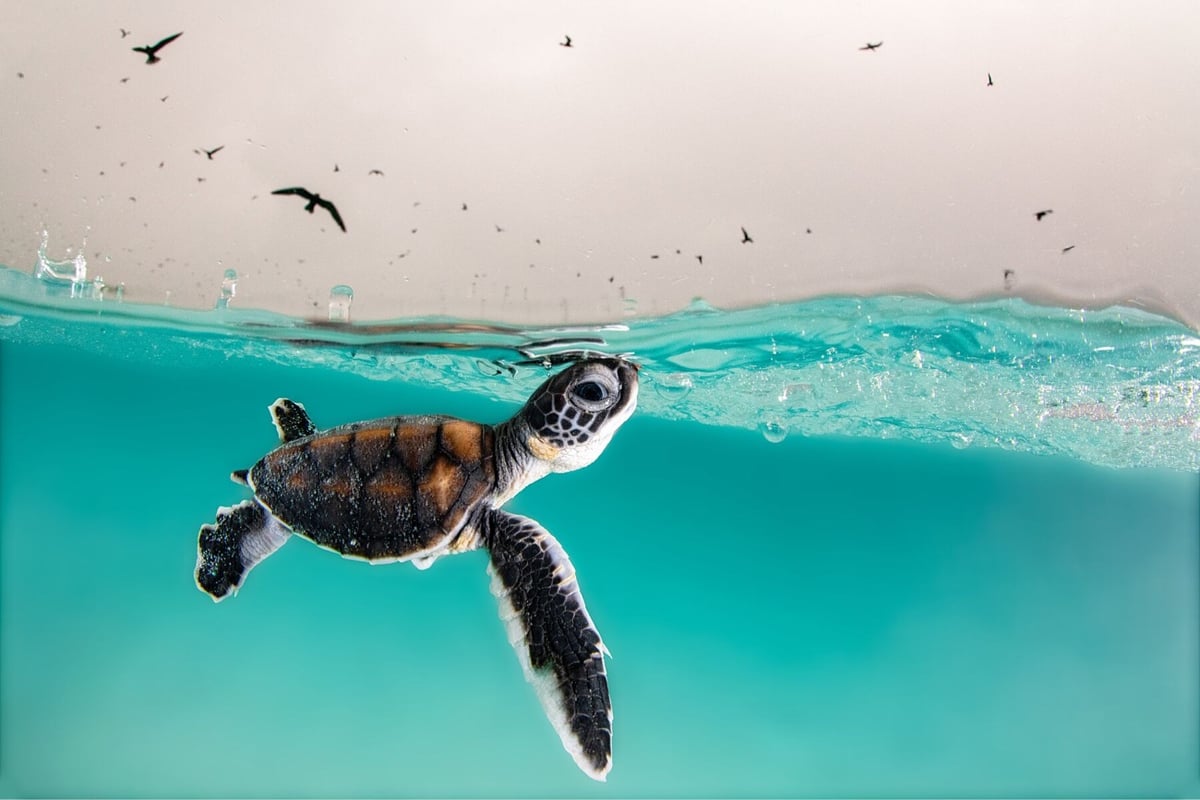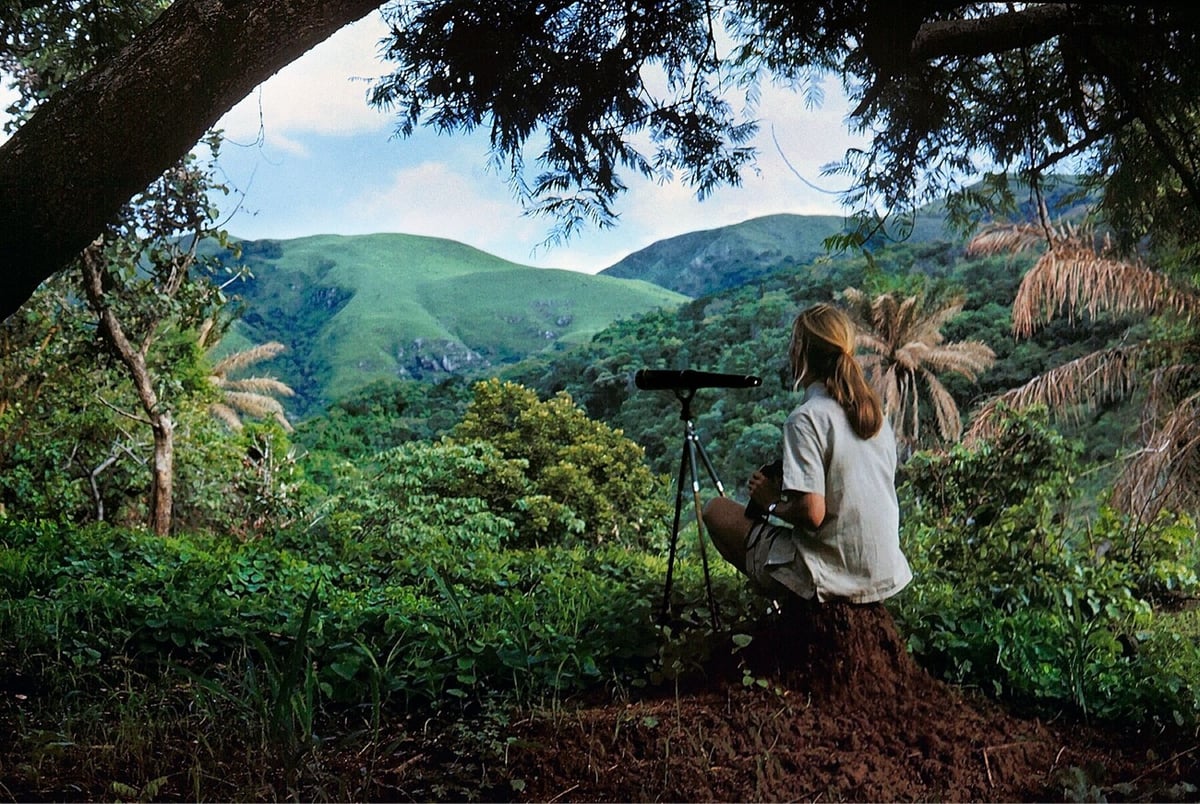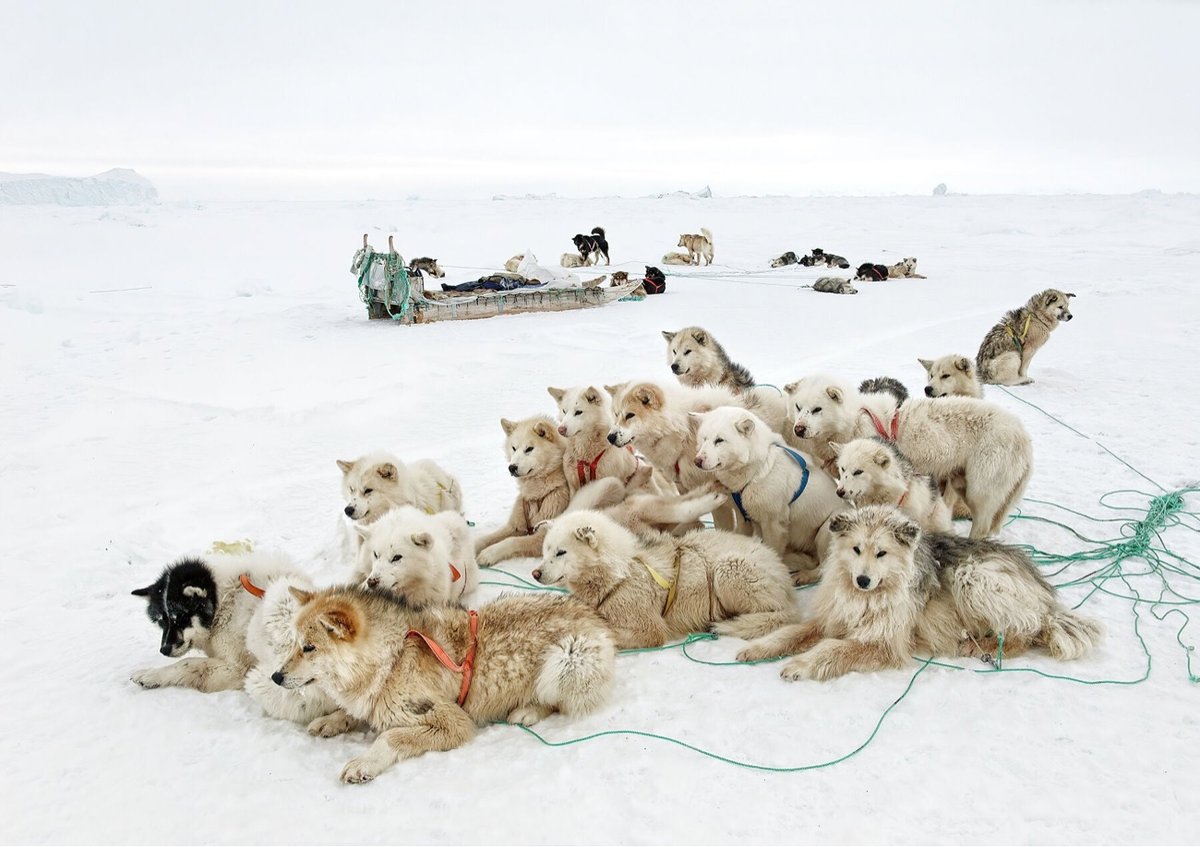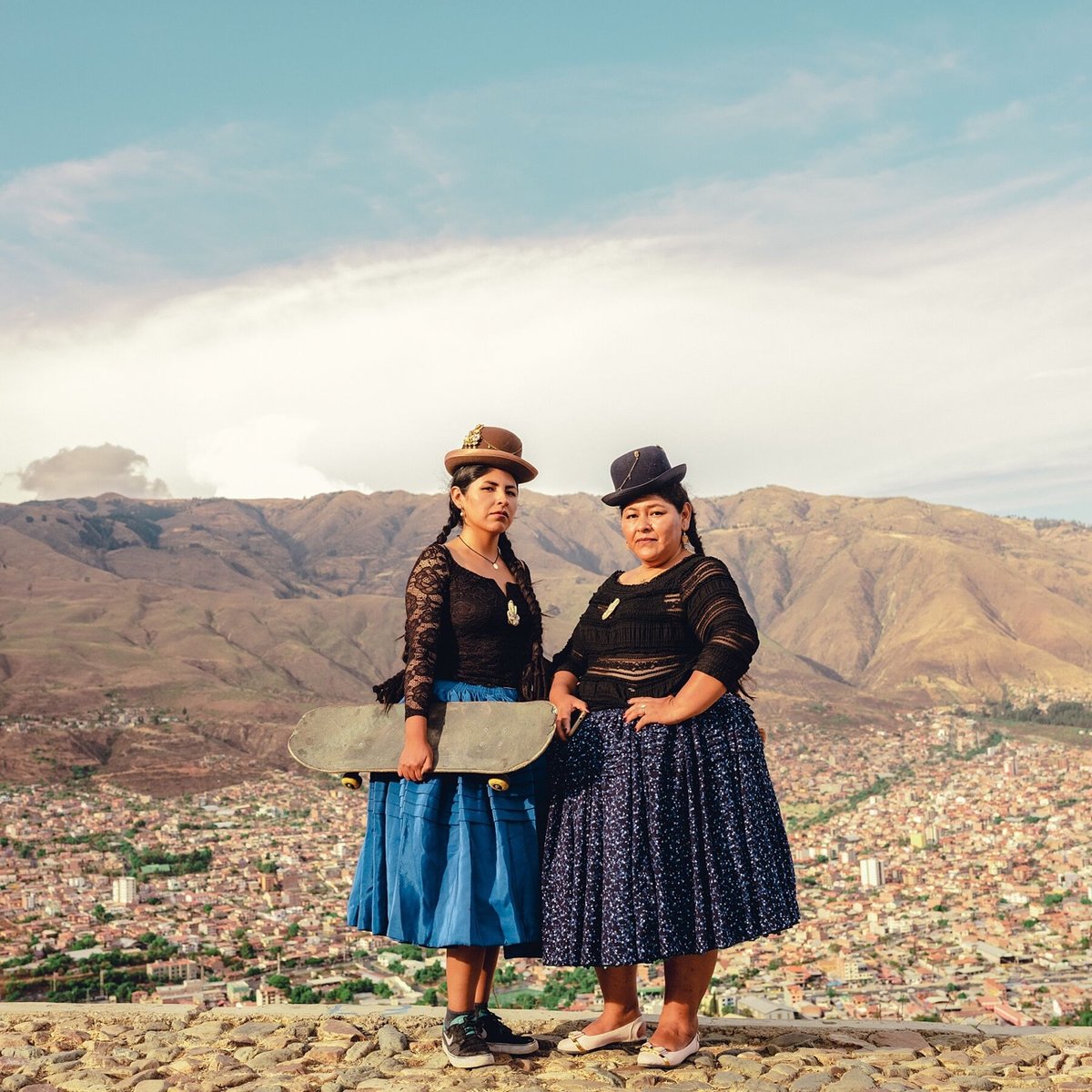A few years ago, Charles Duhigg thought he was an excellent communicator.
He was a journalist. He had a Pulitzer Prize. His job was literally to communicate.
Then he became a manager at the New York Times newspaper, where he'd been working.
"I discovered I had no idea what I was doing … I would fail to hear what people were really trying to tell me [and] I couldn't get across what was important to me," he tells ABC RN's All in the Mind.
"I really wanted to connect with these people and I wanted us to work together as a team. I couldn't figure out what was going wrong."
So he began to investigate. He interviewed people he deemed to be "supercommunicators": CIA recruiters, NASA psychologists, researchers and more.
He learned these people weren't born having great conversations and communicating effectively; they'd just honed a set of skills — and Duhigg says anyone can learn them.
More questions, more laughing
There are several habits supercommunicators share, Duhigg says.
In conversation, they tend to ask 10 to 20 times as many questions as the average person. They also laugh more, to show they like what you're saying.
And they ask deep questions about a person's values, beliefs or experiences. For example, if you've just asked someone what they do for a job, a deep follow-up question could be, "Did you always want to be/do that?" Or, "What do you love about your job?".
"What I'm really asking you to do is talk about your experiences, what brought you to this place, your beliefs," Duhigg says.
"It's really powerful."
Supercommunicators also use a technique called "looping for understanding".
That involves asking a question, listening to the response, repeating back in your own words what you've heard the other person just say and, finally, asking if you got it right.
"What's important is to prove to you that I'm listening," Duhigg says.
People want to feel heard
The power of listening is something Beverley Wang knows a lot about.
As host of ABC RN's Stop Everything! and co-presenter of Life Matters, her job is to nurture and lead powerful conversations every day, including those which are personal or political — and everything in between.
Even when she might disagree with what someone's saying, she's learned the power of letting that person know she's listening.
Again, reflecting back what's been said to her — which doesn't necessarily mean showing agreement — is an important way of doing that.
"I think it's very validating for people to feel like they've been heard," Wang says.
"That's what people want; it's a very fundamental, universal thing.
"Sometimes people trade opinions or views on something, and disagreement can be taken personally. It's understandable, because you're kind of putting a piece of yourself out there."
But Wang's job has taught her that being less reactive is more productive, and that there's power in asking deeper questions, like: "What do you mean by that?"
"It's learning that middle path of eliciting more from others — not necessarily making it about yourself — and taking time to listen, and not being quick to anger."
She says open-ended questions are really important to open up conversations on difficult topics in particular. That's asking questions like: "What do you think about that?' or, "That's interesting, tell me more" or "Why do you think that?"
Wang also believes there is huge value in letting people "have their pauses" in a conversation, and not jumping in to fill a silence — something a lot of people struggle to resist.
"Let the silence sit there if it needs to," she says.
"Don't rush to fill the space. You're allowed to think — in any situation. As I get older I'm also like, I don't have to have an opinion or a thought or a reaction to this right now. I'm actually going to come back to this one tomorrow.
"It's OK to slow down the pace of the conversation."
Make sure you're having the same conversation
Another tip for having better conversations is getting clear on exactly what kind of conversation you're having.
Duhigg recalls a time when he'd return home from a tough day at work and complain to his wife about his difficult boss.
His wife would offer practical advice like: "Why don't you take your boss out to lunch and get to know each other better?"
But Duhigg would just become more upset.
"I'd say, 'You're supposed to have my side on this, I want you to be outraged on my behalf.' And then she would get upset because I was acting so irrationally."
He presented this dilemma to some of the experts he interviewed for his book, Supercommunicators: How to Unlock the Secret Language of Connection.
"They said we tend to think of a discussion as being about one thing; you know, that plan for our vacation or what to do about our taxes.
"But actually, every conversation is multiple kinds of conversations."
There are practical ones, in which we have to make decisions or solve problems, and emotional ones, which might be more about just listening and empathising.
Duhigg realised he was coming home and having an emotional conversation, while his wife was having a practical one. Both are valid, but because the two weren't having the same kind of conversation, they couldn't hear each other.
"That's what need[ed] to change," he says.
Making communication changes and building conversation skills can have a remarkable impact on the way we interact with each other, Duhigg says.
"If I just listened like literally half an inch more deeply, I'm going to hear you telling me things about yourself that are amazing."
RN in your inbox
Get more stories that go beyond the news cycle with our weekly newsletter.



